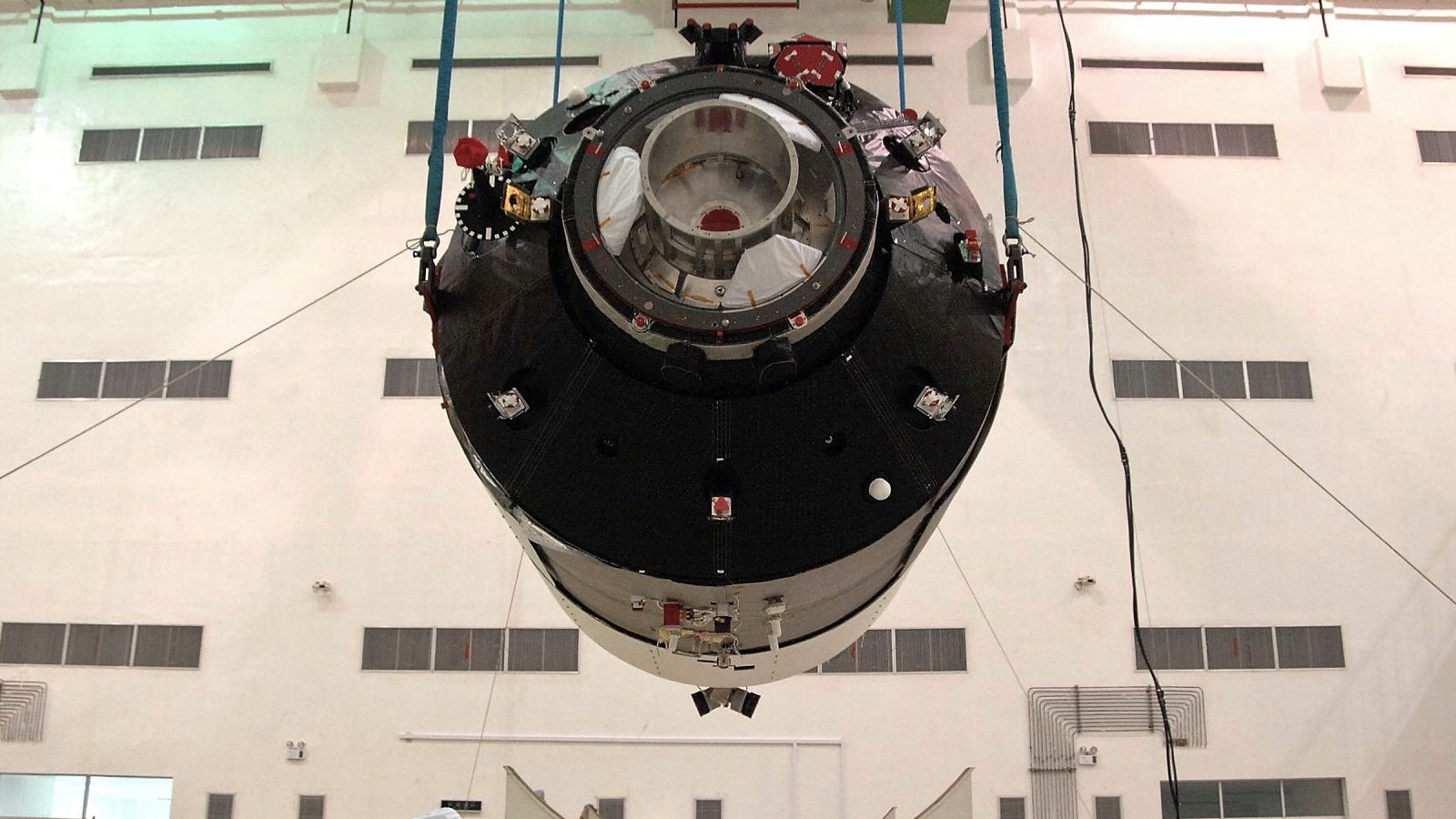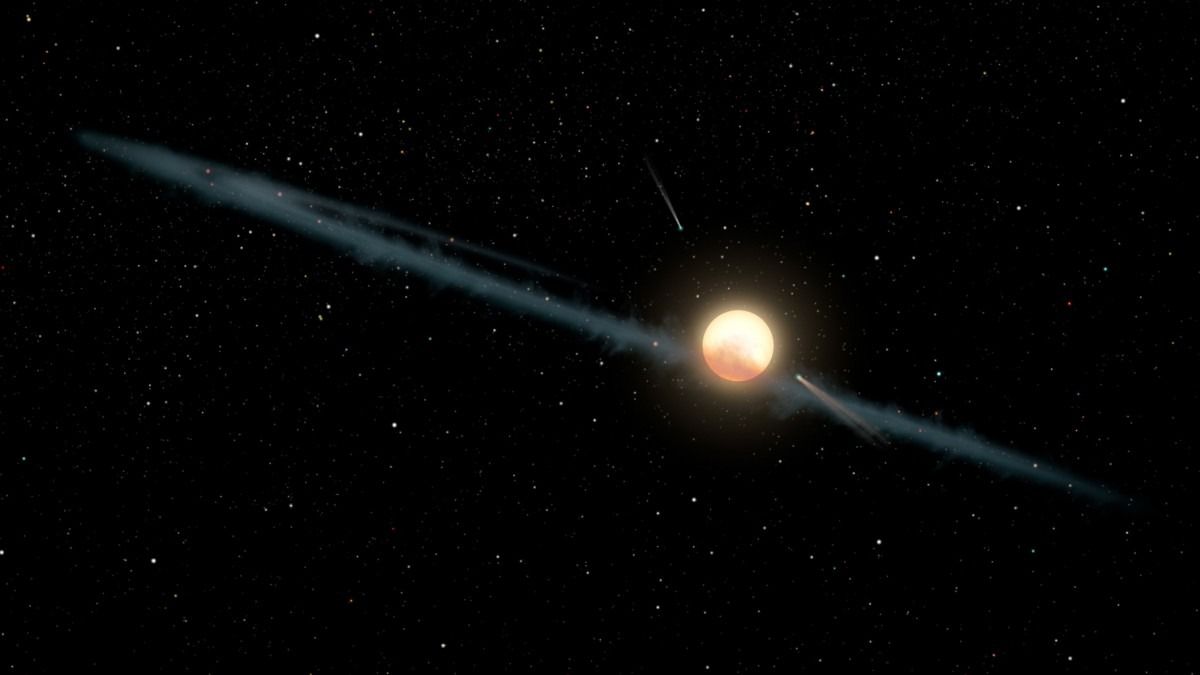Page 8886
Mar 27, 2018
The James Webb Space Telescope will be delayed for at least a year
Posted by Genevieve Klien in categories: government, space
Today, NASA held a press conference on the status of the James Webb Space Telescope, the organization’s successor to Hubble, and the news was grim. The observatory was supposed to launch between March and June of 2019. JWST will miss that window; while a specific launch time frame hasn’t been established, NASA is currently targeting May 2020.
While the telescope’s individual components meet their requirements, contractor Northrop Grumman needs more time to test them, integrate them together and do environmental testing. In order to monitor the telescope’s schedule, NASA is creating a Independent Review Board (IRB) to monitor this testing and NASA will take its recommendations into account when determining a specific launch window. That will occur sometime this summer.
Many suspected this announcement was coming after a report from the US Government Accountability Office earlier this month. The GAO found that ongoing technical issues with the telescope meant that launch delays were likely, and that the project was at risk of breaching the $8 billion cap set by Congress, which would mean it would need to be reauthorized. The telescope has already encountered delays, and it’s safe to say that more will follow. It’s an incredibly complex, detailed and delicate device, after all.
Continue reading “The James Webb Space Telescope will be delayed for at least a year” »
Mar 27, 2018
Rare Type of Supernova Extinguishes Star at Unprecedented Speed
Posted by Genevieve Klien in categories: cosmology, materials
Supernovae produce some of the most powerful explosions in the cosmos, expelling a doomed star’s contents at velocities reaching 10 percent the speed of light. It usually takes a few weeks or months for a supernova to fade into nothingness, but astronomers have now documented a record-setting case in which a star was extinguished in just a few days.
They’re called Fast-Evolving Luminous Transients (FELTs), an exotic type of supernova discovered only a few years ago. As the name implies, these supernovae develop quickly, they’re very bright, and then they disappear. Unlike more “conventional” supernovae, such as Type Ia supernovae, the duration of these explosions can be measured in days rather than weeks or months. These celestial events are rare, and only a handful of FELTs have ever been documented.
The perplexing thing about FELTs, however, isn’t so much that they’re short lived—it’s that they’re also very bright. Scientists have subsequently theorized that they’re the glowing remnant of a gamma-ray burst (a massive explosion produced by a collapsing star that gives birth to a black hole), a supernova fueled by a magnetar (a neutron star with a powerful magnetic field), or a failed Type Ia supernova (in which a white dwarf star sucks up material from a nearby star, eventually causing it to explode). New research published today in Nature Astronomy suggests it’s none of the above.
Continue reading “Rare Type of Supernova Extinguishes Star at Unprecedented Speed” »
Mar 27, 2018
Here Is FEMA’s Plan If the Falling Chinese Satellite Takes Aim at a US City
Posted by Genevieve Klien in categories: climatology, space
China’s defunct space station Tiangong-1 will soon plummet toward Earth, likely this weekend. You will almost certainly not be harmed in any way by it—the odds of it striking an individual person are worse than winning the lottery or being struck by lightning. You should not worry about it.
But we’re humans. We’re all probably wondering, what happens if it becomes clear that pieces of the debris will strike a populated area? This is a long discussion that far predates Tiangong-1.
China launched the house-sized Tiangong-1 space station in 2011. It was a prototype that could only hold a three-person crew, and the plan was for it to fall back to Earth in a controlled reentry, meaning scientists would get to pick where it lands. In 2016, China informed the UN that the satellite was no longer functioning, but denied that it lost control of the ship in some more recent reports. Tiangong-1’s orbit is decaying as the craft slowly succumbs to Earth’s gravity.
Continue reading “Here Is FEMA’s Plan If the Falling Chinese Satellite Takes Aim at a US City” »
Mar 27, 2018
The ‘alien megastructure’ is acting weird again
Posted by Genevieve Klien in category: alien life
Tabby’s Star has dimmed by 5% – the lowest dip seen since it was first observed in 2013.
Mar 27, 2018
Study overturns age-old theory of brain learning
Posted by Genevieve Klien in category: neuroscience
A new study challenges the traditional view that learning in the brain is synaptic, or link-based, proposing instead that it is dendritic, or node-based.
Mar 27, 2018
Science Is Getting Us Closer to the End of Infertility
Posted by Genevieve Klien in categories: biotech/medical, science
In an era of artificial eggs and Crispr, anyone could become a biological parent to the healthiest baby.
Mar 27, 2018
Dezeen presents ELEVATION: a film about how drones will change cities
Posted by Klaus Baldauf in categories: drones, education, robotics/AI

Elevation — How Drones Will Change Cities
Drones will transform cities, revolutionising how people travel, how goods are delivered and how buildings look and are constructed, according to a documentary by Dezeen.
Continue reading “Dezeen presents ELEVATION: a film about how drones will change cities” »
Mar 27, 2018
Newly-discovered human organ may help explain how cancer spreads
Posted by Shane Hinshaw in category: biotech/medical
By Jessica Hamzelou
A newly discovered network of fluid-filled channels in the human body may be a previously-unknown organ, and it seems to help transport cancer cells around the body.
This discovery was made by chance, from routine endoscopies – a procedure that involves inserting a thin camera into a person’s gastrointestinal tract. Newer approaches enable doctors to use this procedure to get a microscopic look at the tissue inside a person’s gut at the same time, with some surprising results.
Continue reading “Newly-discovered human organ may help explain how cancer spreads” »

















